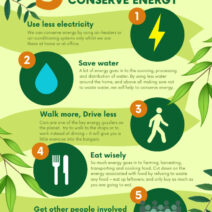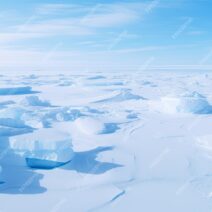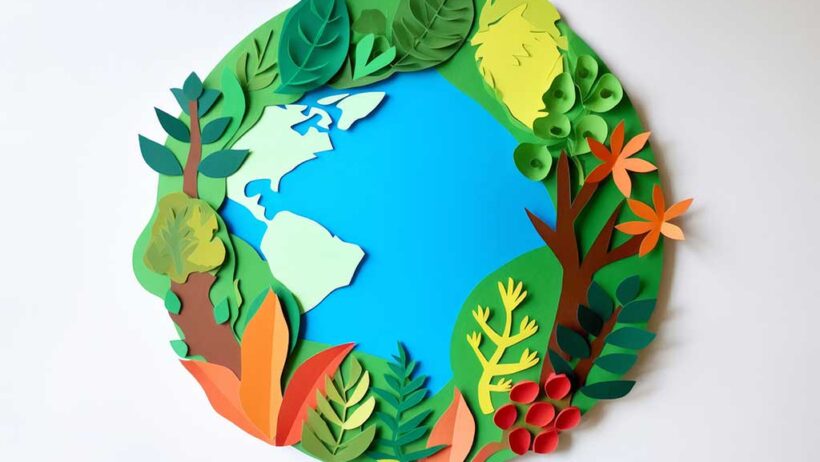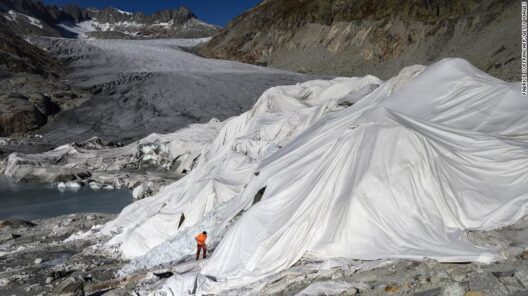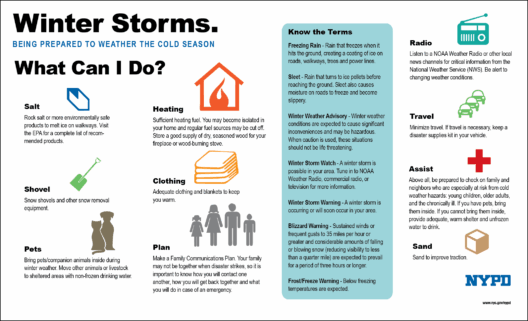Global warming is an important topic that often evokes vivid images of polar bears clinging to melting ice caps. However, it is crucial to recognize that the effects of climate change extend far beyond the Arctic. This phenomenon directly impacts various animal species across the globe, particularly those inhabiting ecosystems that are sensitive to temperature fluctuations. The intricacies of global warming may seem complex, yet understanding its implications for animals can foster a heightened awareness and a deep-seated appreciation for our planet’s biodiversity.
Let’s delve into what global warming entails. At its core, this term refers to the gradual increase in Earth’s average surface temperature due to the buildup of greenhouse gases in the atmosphere. These gases, such as carbon dioxide and methane, trap heat from the sun, creating a ‘greenhouse effect’ that heats up our planet. Much of this warming can be attributed to human activities, including burning fossil fuels, deforestation, and industrial processes. The repercussions are far-reaching, affecting weather patterns, ocean temperatures, and habitats.
Animals, in particular, face unique challenges as global temperatures rise. Many species are adapting, migrating, or, unfortunately, even perishing as they struggle to cope with rapidly changing conditions. To explore these adjustments, we can examine several key areas where global warming directly impacts animal life.
First, consider the ocean. Marine animals are particularly vulnerable to temperature changes. Coral reefs, which serve as essential habitats for countless fish and marine organisms, are highly sensitive to water temperature. When the water becomes too warm, corals undergo a process called “bleaching,” in which they expel the algae living in their tissues. This not only deprives corals of their vibrant colors but also leads to their demise. When corals die, entire ecosystems collapse—depriving many fish and other marine life of their homes.
Furthermore, warmer oceans lead to shifts in fish populations. Many species migrate toward cooler waters, often farther north. This migration can disrupt local fisheries and the livelihoods of those who depend on the ocean for sustenance and income. Disturbances in these ecological balance can have cascading effects on food webs and biodiversity.
On land, terrestrial animals face their own set of trials. As temperatures rise, many animal species find their habitats becoming inhospitable. For example, polar bears are losing their Arctic habitat due to melting sea ice, which they rely upon for hunting seals. The shrinking ice forces these magnificent creatures to swim longer distances and expend more energy, raising concerns about their survival. Similarly, species such as the snow leopard are losing their high-altitude habitats as mountains warm. This results in less available prey, forcing these apex predators to venture closer to human settlements in search of food.
In addition to habitat loss, global warming also alters the timing of seasonal events, known as phenology. For instance, many birds rely on seasonal cues, such as temperature changes, to migrate at the appropriate time. As global temperatures rise, these migratory patterns can become misaligned. Birds may arrive at their breeding grounds too early, only to find that their primary food sources, such as insects or plants, have not yet emerged. This phenomenon can hinder successful reproduction and contribute to population declines.
Amphibians are particularly sensitive to temperature shifts as well. Frogs and salamanders rely on specific temperature ranges for breeding, metamorphosis, and overall survival. As climate change alters their environments, many amphibian species are experiencing declines. Their permeable skin makes them more susceptible to environmental changes, including increased droughts and extreme rainfall patterns. Such fluctuations can disrupt their habitats and diminish their population numbers.
In the realm of conservation efforts, addressing the challenges posed by global warming is paramount. Wildlife preservation organizations are working diligently to implement strategies for protecting vulnerable species. Initiatives often involve habitat restoration, creating wildlife corridors to facilitate animal movement, and enforcing protective legislation. These conservation efforts are vital for ensuring species can adapt to changing climates and maintain their populations.
As we reflect on the impact of global warming, it’s essential to recognize our role as stewards of the planet. Individuals can contribute to change by adopting sustainable practices. Simple acts such as reducing energy consumption, supporting clean energy initiatives, and advocating for policies that protect the environment can collectively make a significant impact. It’s crucial to educate others about the importance of these actions in preserving our precious wildlife.
In conclusion, global warming poses an urgent threat to animals around the world, manifesting in altered habitats, disrupted ecosystems, and declining populations. As compassionate guardians of the Earth, we must remain vigilant and proactive in our efforts to mitigate these effects. By fostering a deeper understanding of global warming’s impact on wildlife, we can inspire future generations to cherish and protect our planet. The future of countless species hinges on our ability to address climate change with urgency and dedication. Together, we must ensure that all animals are no longer left in “hot water” but can thrive in a balanced, stable environment.
